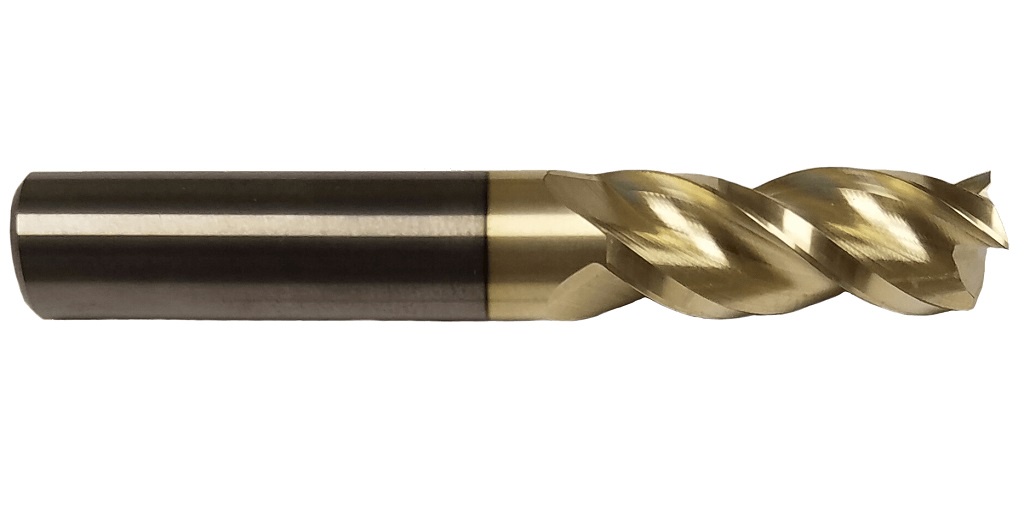Are you an innovator, engineer, or designer in the exciting world of aluminum prototyping? Do you ever find yourself facing challenges in achieving precision and efficiency during the critical transition from prototype to full-scale production?
What if there were a game-changing solution that could revolutionize your aluminum prototyping process and propel your creations from concept to reality seamlessly? Imagine having access to the best end mills for aluminum prototyping, enabling you to bring your ideas to life with unparalleled precision and quality.
In this article, take a closer look at aluminum prototyping and unveil the factors that make the best end mills stand out in turning prototypes into production-ready masterpieces.
Understanding the Right Flutes for Aluminum Prototyping
When it comes to aluminum prototyping, the number of flutes in an end mill plays a pivotal role. Two or three flutes are recommended for aluminum machining. These flutes strike the perfect balance between chip evacuation and cutting efficiency. The reduced number of flutes allows for larger chip spaces, minimizing chip clogging and enhancing material removal rates.
For example: A mechanical engineer is tasked with creating intricate aluminum components for a robotic arm prototype. They opt for a three-flute end mill to ensure smooth and efficient material removal while preserving the intricate details of the prototype design.
Geometry Matters: Selecting the Right Shape
When it comes to aluminum prototyping, the geometry of the end mill plays a pivotal role in determining its performance and the quality of the machined parts. Different geometries offer distinct advantages, allowing machinists to achieve smoother cuts, reduce chatter, and extend the tool life.
Let's look closer into the various geometry considerations for end mills in aluminum prototyping and explore how specific shapes enhance machining outcomes in real-life scenarios.
1. Variable Helix Angles:
End mills with variable helix angles are well-suited for aluminum prototyping due to their unique design. Unlike traditional end mills with a constant helix angle along the entire length, the variable helix design changes the helix angle progressively along the flute.
This innovative feature contributes to smoother cutting operations and reduced vibrations, resulting in improved surface finishes and enhanced tool life.
2. Higher Rake Angles:
End mills with higher rake angles are ideal for aluminum prototyping because they enhance chip evacuation and minimize built-up edge formation. A higher rake angle improves the cutting efficiency, as it reduces the friction between the tool and the workpiece material.
This, in turn, decreases the risk of built-up edge, a common issue in aluminum machining that can lead to poor surface finishes and premature tool wear.
3. Corner Radius:
Choosing an end mill with a corner radius is advantageous in aluminum prototyping. The corner radius provides added strength to the cutting edge, reducing the likelihood of chipping or breakage, especially when machining aluminum alloys with high tensile strength. It also aids in achieving more precise and controlled machining, resulting in improved dimensional accuracy.
Material: Carbide or High-Speed Steel (HSS)?
The material of the end mill is a critical consideration for aluminum prototyping. Carbide and high-speed steel (HSS) are the two preferred materials for end mills in aluminum machining.
Carbide end mills offer exceptional wear resistance and durability, making them ideal for high-speed applications and prolonged tool life.
HSS end mills, on the other hand, are more cost-effective and suitable for less demanding aluminum prototyping projects.
Unleashing the Power of Coatings
End mill coatings are crucial in maximizing tool life and performance during aluminum prototyping.
Coatings like TiN (titanium nitride), TiCN (titanium carbonitride), or TiAlN (titanium aluminum nitride) provide enhanced wear resistance and reduce built-up edge formation, leading to improved chip evacuation and surface finish.
Elevate Your Prototyping with the Best End Mills for Aluminum
Understanding the importance of flutes, geometry, material, and coatings empowers you to select the best end mills for aluminum projects.
Online Carbide offers a diverse range of high-quality end mills tailored to aluminum machining needs. Explore their selection to find the perfect tools that will take your aluminum prototyping from concept to reality, paving the way for successful production.
For More Information about Single Pitch Thread Mills and Variable End Mill Please Visit : Online Carbide


No comments yet